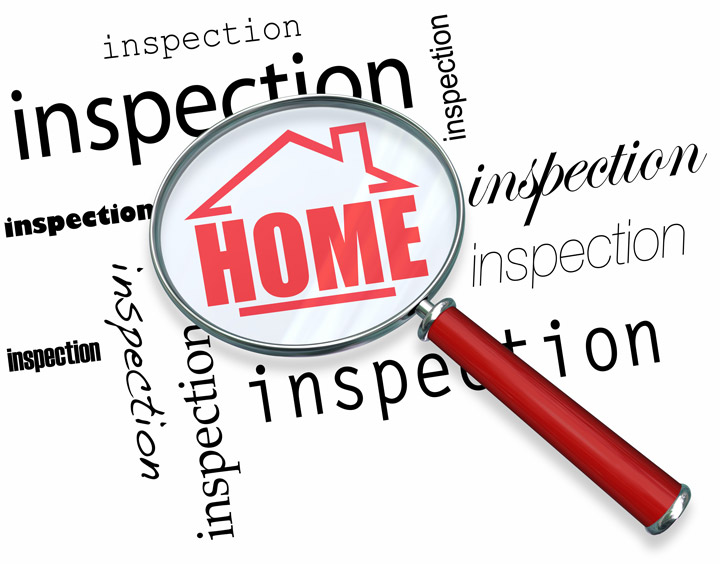
Understanding AppraisalsAcquiring a house is the largest transaction many could ever make. Whether it's where you raise your family, an additional vacation property or an investment, purchasing real property is a complex transaction that requires multiple people working in concert to see it through. The majority of the people involved are very familiar. The real estate agent is the most familiar entity in the exchange. Next, the lender provides the financial capital needed to bankroll the exchange. And ensuring all requirements of the sale are completed and that a clear title passes from the seller to the buyer is the title company. So, who's responsible for making sure the value of the property is consistent with the amount being paid? In comes the appraiser. We provide an unbiased estimate of what a buyer could expect to pay — or a seller receive — for a parcel of real estate, where both buyer and seller are informed parties. A licensed, certified, professional appraiser from Haenig Appraisals will ensure, you as an interested party, are informed. The inspection is where an appraisal startsTo determine the true status of the property, it's our duty to first perform a thorough inspection. We must actually view aspects of the property, such as the number of bedrooms and bathrooms, the location, amenities, etc., to ensure they really are there and are in the condition a reasonable person would expect them to be. The inspection often includes a sketch of the property, ensuring the square footage is accurate and conveying the layout of the property. Most importantly, we look for any obvious features - or defects - that would have an impact on the value of the property. Next, after the inspection, an appraiser uses two or three approaches to determining the value of real property: a paired sales analysis, a replacement cost calculation, and an income approach when rental properties are prevalent. 
Cost ApproachHere, we use information on local construction costs, labor rates and other factors to figure out how much it would cost to construct a property nearly identical to the one being appraised. This estimate commonly sets the maximum on what a property would sell for. It's also the least used method. 
Paired Sales AnalysisAppraisers can tell you a lot about the communities in which they work. They thoroughly understand the value of particular features to the people of that area. Then, the appraiser researches recent transactions in the vicinity and finds properties which are 'comparable' to the subject being appraised. Using knowledge of the value of certain items such as square footage, extra bathrooms, hardwood floors, fireplaces or view lots (just to name a few), we adjust the comparable properties so that they more accurately match the features of subject property.
An opinion of what the subject could sell for can only be determined once all differences between the comps and the subject have been evaluated. At Haenig Appraisals, we are experts in knowing the value of real estate features in Colorado Springs and El Paso County neighborhoods. This approach to value is typically awarded the most importance when an appraisal is for a home purchase. Valuation Using the Income ApproachA third way of valuing approach to value is sometimes applied when an area has a reasonable number of renter occupied properties. In this situation, the amount of revenue the real estate generates is factored in with other rents in the area for comparable properties to derive the current value. The Bottom LineExamining the data from all approaches, the appraiser is then ready to stipulate an estimated market value for the property in question. The estimate of value on the appraisal report is not always the final sales price even though it is likely the best indication of what a property is worth. Depending on the specific situations of the buyer or seller, their level of urgency or a buyer's desire for that exact property, the closing price of a home can always be driven up or down.But the appraised value is often used as a guideline for lenders who don't want to loan a buyer more money than they could get back in case they had to put the property on the market again. Here's what it all boils down to, an appraiser from Haenig Appraisals will help you get the most fair and balanced property value, so you can make the most informed real estate decisions. |